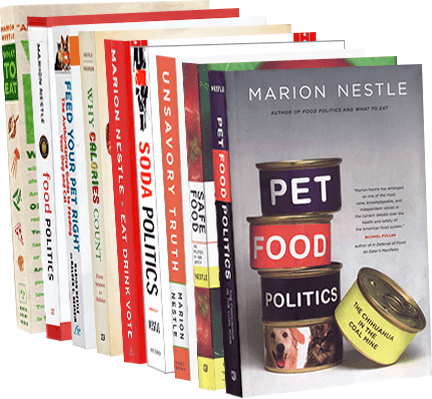Join Health Affairs for a virtual conversation between me and Angela Odoms-Young of Cornell University discussing the evolution of US food and nutrition policy, the current policy landscape, and thoughts on what lies ahead. It’s at 1:00 p.m. EDT. To join the Webinar, click here.
Industry-funded study of the week: pistachios
The headline: “Just 2 handfuls of pistachios daily could help protect your eyesight.”
Really? Let’s take a look.
The Study: Pistachio Consumption Increases Macular Pigment Optical Density in Healthy Adults: A Randomized Controlled Trial. Scott, Tammy M et al. The Journal of Nutrition, Volume 155, Issue 1, 168 – 174. 2024 Oct 18:S0022-3166(24)01099-X. doi: 10.1016/j.tjnut.2024.10.022.
Background: Pistachios are a bioavailable source of the xanthophyll lutein. Along with zeaxanthin, these plant pigments are major components of macular pigment (MP) in the human retina. MP can be non-invasively measured and is referred to as MP optical density (MPOD). MPOD is modifiable with dietary interventions that include lutein and zeaxanthin (L/Z). Higher MPOD protects the eye from light damage and is positively associated with eye health.
Objectives: This dietary intervention study aimed to evaluate the effect of pistachio consumption on MPOD.
Method: This single-blinded, randomized controlled trial compared a 12-week pistachio intervention (2 oz/d) with usual diet (UD) on MPOD and serum L/Z in middle-aged to older healthy adults (n = 36) in a 1:1 randomization scheme.
Conclusions: The results of our study demonstrate that a dietary intervention with pistachios is efficacious in increasing MPOD in healthy adults selected for habitually low intake of L/Z and low baseline MPOD. This suggests that pistachio consumption could be an effective dietary strategy for preserving eye health. Future studies need to evaluate the generalizability of our findings to other populations.
Funding: This project was supported by the American Pistachio Growers, who had no role in the final design, conduct, or interpretation of this study. The project described was also supported by the National Center for Advancing Translational Sciences, National Institutes of Health, Award Number UM1TR004398. The content is solely the responsibility of the authors and does not necessarily represent the official views of the NIH.
Conflict of interest: Tammy M Scott reports financial support provided by American Pistachio Growers. The other authors declare that they have no known competing financial interests or personal relationships that could have appeared to influence the work reported in this paper.
Comment: When I saw the title, I wanted to know immediately, “Who paid for this?” If you eat foods containing lutein and zeaxanthin, the levels of those factors will increase. No surprise. Are pistachios the only or best way to do this? That’s not what this study aimed to find out. This, as is true of much (most) industry-funded studies, this one is more about marketing than science.

